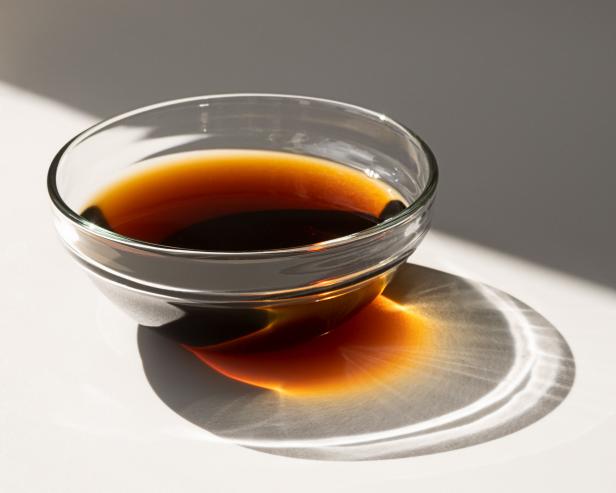A Guide to the Different Types of Soy Sauce
The different types of Chinese, Japanese, Korean, Taiwanese and Indonesian soy sauces, what they taste like and how to use them.

Elena Rycova/Getty Images
By Clarissa Wei for Food Network Kitchen
Clarissa Wei is a freelance journalist based in Taipei.
An inky condiment that adds depth to almost anything, soy sauce can be made a number of ways. At its core, it’s soy beans, water, salt, and a grain like wheat or rice. Mixed with a bit of time and a fungus that helps breaks it down, the concoction eventually comes together to form an extremely complex pop of flavor. Soy sauce can be sweet, salty and a little bit funky, and while there are countless of variants out there depending on region and producer, it really all just boils down to personal preferences. Here’s a brief guide.
Chinese Soy Sauce
Because of its sheer size, China has one of the most diverse selections of soy sauce, and naturally. production methods vary wildly depending on region. Generally speaking, the vast majority Chinese soy sauce on the international market comes from southeastern China, of which there are two major styles: light and dark.
Light soy sauce is usually made with the first pressing of the soybeans, and true to its name, has a much lighter color and taste than dark soy sauce. It tends to be on the sweeter side and is great for dipping sauces, dressings or soups.
Dark soy sauce is aged a couple months longer and has a much more concentrated flavor. Sometimes flavored with a bit of molasses, it’s particularly fantastic in long stews or quick stir-fries, and adds a lovely caramel-like sheen to dishes. Remember: for dark soy sauce, a little goes a long way.
Both types of soy sauces are usually fermented with wheat flour. There are also soy sauces in China flavored with mushrooms, which give a rounder finish.
Japanese Soy Sauce
The biggest difference between Chinese and Japanese soy sauce is that Japanese soy sauces are brewed with roasted wheat instead of wheat flour. Japanese soy sauce also uses a bit less salt and the final brew errs on the sweeter side. Most folks in Japan use koikuchi shoyu—a general all-purpose soy sauce that can be used for everything.
While there is also light and dark Japanese soy sauce, the most well-known and easily accessible variant in the Western world is tamari—a gluten-free soy sauce that’s slightly more viscous and rich than the all-purpose one. Made from the liquid pressed from the fermented soy bean paste, tamari is great for adding body to stews and stir-fries.
Korean Soy Sauce
The Korean market is also saturated with different styles of soy sauce, but there are two main basic types: ganjang (which is just the word for soy sauce and refers to Japanese-style all-purpose soy sauce), and guk gunjang, an old traditional condiment made from just soybean, salt and water. Used mostly in soups, guk-ganjang is a byproduct of Korean fermented bean paste and is slightly saltier than regular ganjang.
Taiwanese Soy Sauce
As a former Japanese colony, Taiwanese soy sauce also takes a cue from Japan; most people on the island use an all-purpose soy sauce made with yellow soybeans and roasted wheat. But Taiwan also has a vibrant scene of producers making soy sauce with black soybeans and rice— a fully gluten-free alternative. The difference between black and yellow soybeans is nominal, but some claim that the former has a much more richer mouthfeel.
Indonesian Soy Sauce
Also known as sweet soy sauce or kecap manis, Indonesian soy sauce is a plain soy sauce seasoned with a heap of palm sugar or jaggery, and sometimes infused with spices like star anise, cinnamon, coriander, black pepper and cloves. It’s a sweet and savory pop of flavor and works especially well as a marinade for grilled dishes.
Related Links:






























































